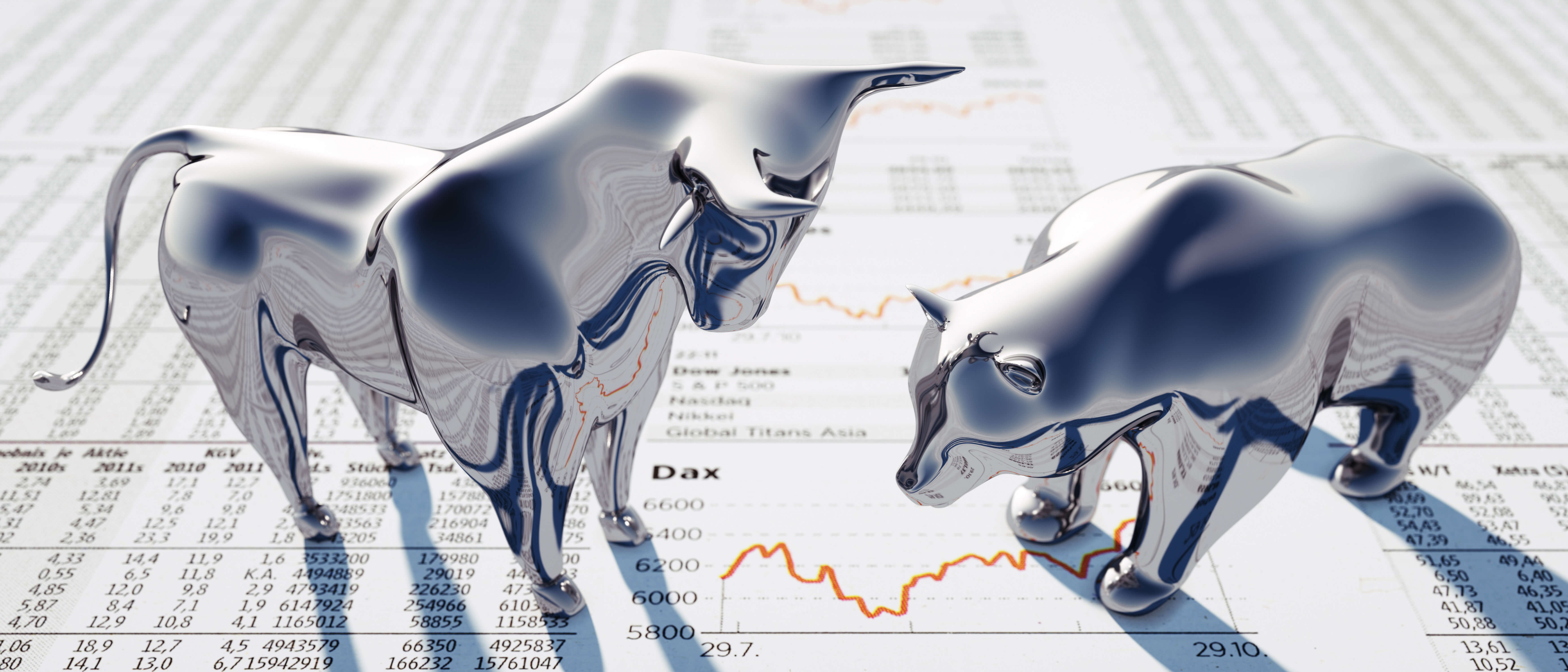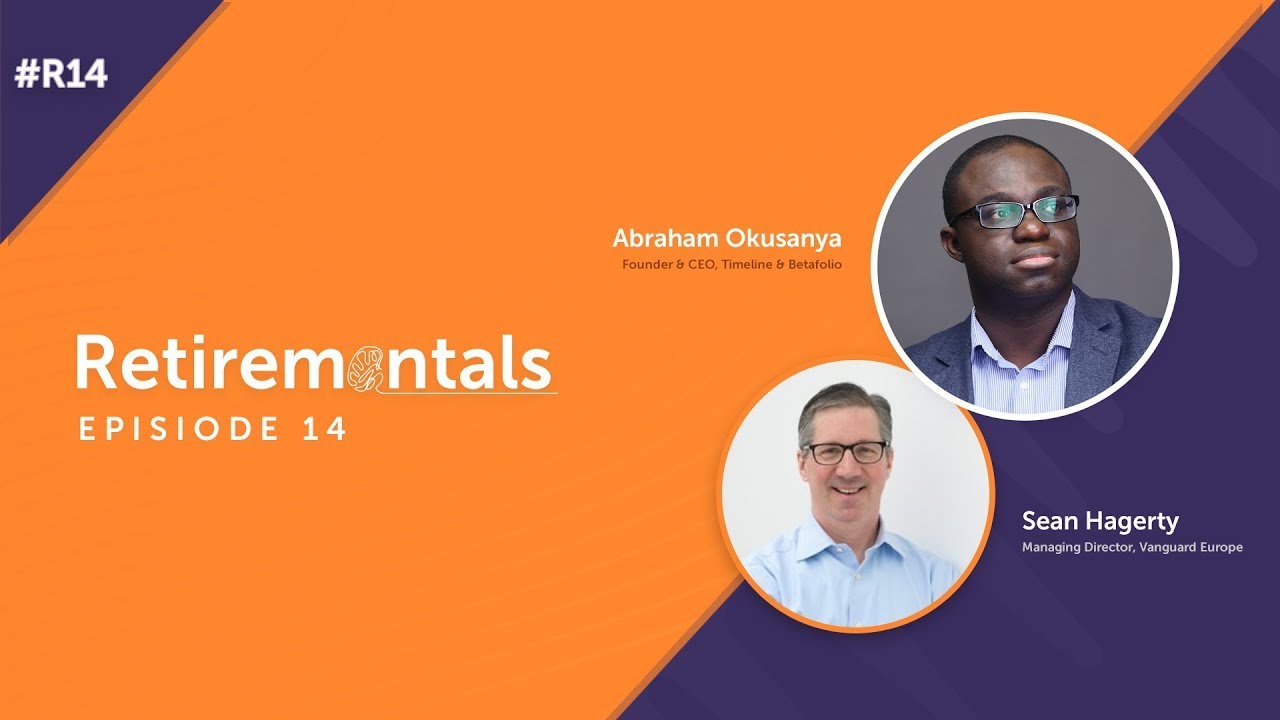Academic research has shown that value stocks have outperformed growth stocks over the long term. But growth has had the upper hand over value since the global financial crisis, and some commentators are suggesting that the so-called value premium has finally run its course. Is it time for investors to give up on it?
Sticking to your chosen strategy is one of the most important, but also one of the most difficult, things for an investor to do. Investors in value funds in particular have been sorely tested in recent history, and many must be wondering whether they’re doing the right thing.
So what do we mean by value funds? Well, value funds invest in stocks that are priced lower than might be expected based on metrics such as earnings, dividends, or sales. At least in theory these stocks are undervalued and offer the potential for stable, consistent performance, albeit with slower growth than so-called growth stocks.
As US academics Eugene Fama and Kenneth French have shown, value stocks have outperformed growth stocks in the long run. But in the period since the global financial crisis that hasn’t happened. From 2008 through July 2023, while the S&P 500 returned 9.8% annually, the Fama-French small-value research portfolio returned 8.6%, an underperformance of 1.2 percentage points per year. (1)
Value appeared to be turning the corner
The value premium did reappear in the US in 2022, although it was a bad year for stocks generally. The iShares S&P 500 Growth ETF (IVW) fell 30.08% over the calendar year, but the iShares S&P 500 Value ETF (IVE) performed considerably better, falling 7.38%.
But things have changed in 2023. At the close of trading on 24th November, IVW had returned 24.24% since the start of the year, while IVE was up by a much more modest 13.19%.
“If you think about this,” investment commentator Nathan Geraci recently told CNBC, “that’s a really tough pill to swallow for value investors after it appeared value was turning the corner in 2022 following years of underperformance.” (2)
Is it time to give up on value?
Where, then, does all this leave investors now? Is it possible, as several commentators have claimed, that the value premium is dead? Or could it be smaller than it used to be? And is it time for investors to give up on it?
One theory is that the reason why value has performed so poorly relative to growth since 2008 is that the value trade has become too popular, and that cash flows have effectively killed the value premium. However, as investment researcher and author Larry Swedroe explained in a recent article for Morningstar, it’s not a credible argument. (3)
Fama and French’s famous paper on factor investing, which showed the long-term outperformance of value stocks, was published in 1992. That is the year, then, in which investors began in earnest overweighting value stocks.
If increased cash flows have genuinely had a negative impact on the value premium, Swedroe argues, you would surely have expected to see evidence of it within 25 years. But over the 25-year period from 1992 through 2016, the annual average value premium in the US was 4.5%, not much different from the 5.1% premium for the period 1927 through 1991.
“I don’t think anyone would have declared the value premium dead based on those figures,” writes Swedroe.
“Yet, just a few years later, we hear a clarion cry that the publication of the Fama-French research and cash flows have killed the value premium. Does anyone seriously believe that 25 years was not enough time for publication of the research to kill the premium, but just a few more years did the trick? And if cash flows had killed the premium, 25 years of them should have been enough to accomplish the task.”
The impact of ETFs
Another point that Swedroe raises is that the net inflow into value stocks relative to growth stocks has not been as large as is often thought. In a 2017 paper called Are Exchange-Traded Funds Harvesting Factor Premiums?, David Blitz showed that although many ETFs are specifically designed for harvesting factor premiums, including the value premium, many others implicitly go against these factors. (4) Funds with a large negative exposure towards a particular factor, Blitz demonstrated, more or less balance out funds with a positive exposure.
“On aggregate,” he concluded, “all factor exposures turn out to be close to zero, and plain market exposure is all that remains. This finding argues against the concern that factor premiums are rapidly being arbitraged away by investors in ETFs.”
Is the value premium smaller?
So what about the argument that the value premium has shrunk? As we’ve seen, the value premium in the US has been negative for the period since 2008. There is also evidence of a weakening of the value premium in some other markets, including Australia and New Zealand. (5)
If, however, the value premium really is dying, you would expect to see the same pattern repeated around the world. But the fact is that value stocks, and particularly small-value stocks, in most other countries, have outperformed growth stocks since the GFC.
From 2008 through July 2023, the MSCI EAFE Index, which tracks developed markets around the world, returned 3.2%. But the Dimensional International Small Cap Value Index returned 5.2%, outperforming by 2.0 percent per year. Over the same period, the MSCI Emerging Markets Index returned 1.7%. But the Dimensional Emerging Markets Targeted Value Index returned 4.1% — an outperformance of 2.4 percent.
Timing risk premiums is very tricky
Of course, these are historical returns. It’s future returns that matter now, and no one knows what the future holds.
Some analysts have suggested that now is a good time to invest in value funds. Kevin DiCiurcio, a senior investment strategist at Vanguard, recently suggested that the economic situation in the US may favour value stocks. (6)
“On average,” he said, “value has outperformed during economic recoveries, historically speaking. So, if you believe that the Federal Reserve may have engineered a soft landing — that we’re going to sidestep a recession and that the economy’s next move is an acceleration — the case for value is strengthened.”
But economic forecasting is notoriously difficult, and no one can say with any certainty that the US economy is indeed heading for a soft landing. Timing risk premiums is fraught with difficulty.
In the absence of a crystal ball, current valuations are the best guide we have as to expected future returns. Simply put, higher valuations point to lower expected returns, and lower valuations to higher future returns.
As a result of the rotation back to growth stocks in the US this year, price-per-earnings ratios for value stocks, relative to growth stocks, are substantially lower than they were. So, on a valuation basis, US value stocks do look more attractive than US growth stocks.
Vanguard said in August that it now expects US value stocks to outperform US growth stocks by 3.8 percentage points, on an annualised basis, over a ten-year period. (7) That premium is more than 1% larger than it forecast in December 2022.
You may regret abandoning value now
Of course, we cannot be sure that the value premium will persist in the future; even Fama and French have said as much.
But almost a century of data suggests that broad exposure to value and the other main risk premiums does make sense. It’s far, far too early to suggest that the value premium is dead.
It’s true that the last 15 years, and particularly the last seven, have seen disappointing returns relative to growth. But nothing lasts forever in investing. Give up on value now, and you may well regret it when the next major rotation occurs.
This article is produced by us for Financial Advisers who may choose to share it with their clients. Timeline Planning and Timeline Portfolios do not offer direct-to-consumer products.
Robin Powell is a journalist, author and editor of The Evidence-Based Investor.
References:
- https://mba.tuck.dartmouth.edu/pages/faculty/ken.french/data_library.html
- https://www.cnbc.com/2023/11/15/etf-experts-see-rare-circumstance-for-growth-vs-value-trade.html
- https://www.morningstar.com/portfolios/its-too-soon-say-value-premium-is-dead?utm_source=Twitter&utm_medium=social&utm_campaign=Jeff%20Ptak
- https://papers.ssrn.com/sol3/papers.cfm?abstract_id=2912287
- https://www.researchgate.net/publication/287520397_The_weakening_value_premium_in_the_Australian_and_New_Zealand_stock_markets
- https://advisors.vanguard.com/insights/article/valuations-economy-may-favor-value-stocks
- https://corporate.vanguard.com/content/corporatesite/us/en/corp/articles/investment-economic-outlook-august-2023.html
-1.png)
.png)

